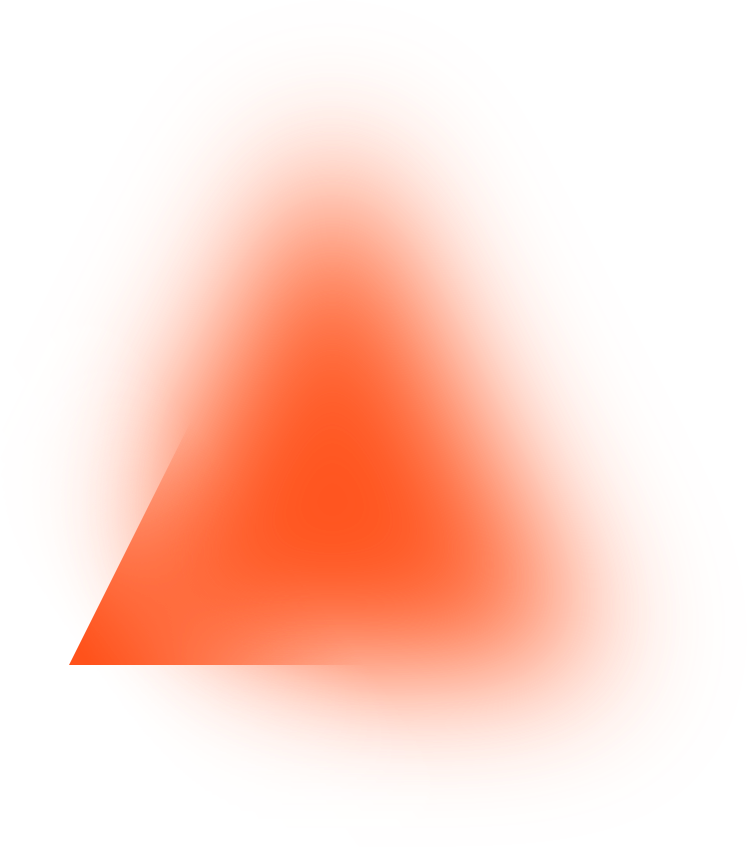Nanoscience –
Science at the Atomic Scale
Nanoscience is the science of the extremely small. How small? A nanometer is a millionth of a millimeter – about the size of some big single molecules such as the protein enzymes in our bodies. For perspective, a red blood cell is about six thousand nanometers across and a human hair is typically 20,000-100,000 nanometers.
So nanoscience is indeed science at extremely small scales. But why is this important? The incredible advances in computer power come largely from making the transistors of microelectronic circuits ever smaller. In medicine, advances at the nanoscale let us make interventions at the natural size scale of living cells themselves. Ultimately, mastering how to build things at the scale of atoms and molecules may allow us to start mimicking some of the clever things that nature achieves with her own “natural nanotechnology,” which may lead to finding better and cheaper ways of harvesting sunlight for energy, or detecting and eliminating pollutants in water and air.
The Kavli Prize in Nanoscience
The Kavli Prize in Nanoscience is awarded for outstanding achievement in the science and application of the unique physical, chemical and biological properties of atomic, molecular, macromolecular, and cellular structures and systems that are manifest in the nanometer scale, including molecular self-assembly, nanomaterials, nanoscale instrumentation, nanobiotechnology, macromolecular synthesis, molecular mechanics and related topics.
2024
Robert S. Langer
Armand Paul Alivisatos
Chad A. Mirkin
For pioneering work integrating synthetic nanoscale materials with biological function for biomedical applications.
2022
David L. Allara
Ralph G. Nuzzo
Jacob Sagiv
George Whitesides
For self-assembled monolayers (SAMs) on solid substrates: molecular coatings to control surface properties.
2020
Harald Rose
Maximilian Haider
Knut Urban
Ondrej L. Krivanek
For sub-ångström resolution imaging and chemical analysis using electron beams.
2018
Emmanuelle Charpentier
Jennifer A. Doudna
Virginijus Šikšnys
For the invention of CRISPR-Cas9, a precise nanotool for editing DNA, causing a revolution in biology, agriculture, and medicine.
2016
Gerd Binnig
Christoph Gerber
Calvin Quate
For the invention and realization of atomic force microscopy, a breakthrough in measurement technology and nanosculpting that continues to have a transformative impact on nanoscience and technology.
2014
Thomas W. Ebbesen
Stefan W. Hell
Sir John B. Pendry
For their transformative contributions to the field of nano-optics that have broken long-held beliefs about the limitations of the resolution limits.
2012
Mildred S. Dresselhaus
For her pioneering contributions to the study of phonons, electron-phonon interactions, and thermal transport in nanostructures.
2010
Donald M. Eigler
Nadrian C. Seeman
For their development of unprecedented methods to control matter on the nanoscale.
2008
Louis E. Brus
Sumio Iijima
For their large impact in the development of the nanoscience field of the zero and one-dimensional nanostructures in physics, chemistry, and biology.
A scientific road not taken
As told by Robert S. Langer
Read more
Living large studying the small
As told by Chad A. Mirkin
Read more
Seeing the atoms dance
As told by Paul Alivisatos
Read more
Learn from mistakes!
As told by Ralph Nuzzo
Read more
Building with Molecules
As told by Jacob Sagiv
Read more
Science is a Wonderful Career
As told by Jennifer A. Doudna
Read more


